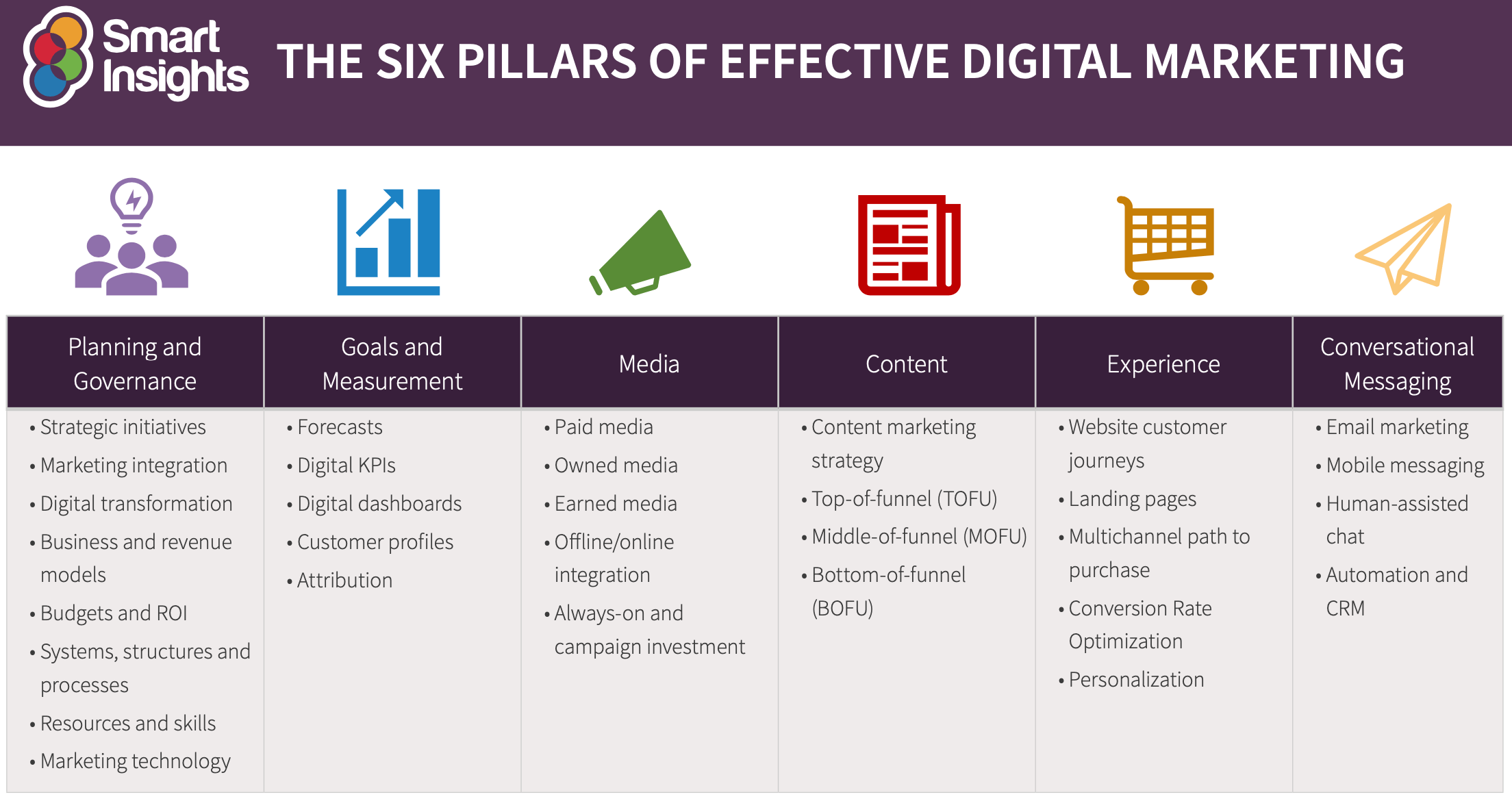Release Imagination with The Ad Firm Web Design Agency: Crafting Digital Masterpieces
Release Imagination with The Ad Firm Web Design Agency: Crafting Digital Masterpieces
Blog Article
Enhance Customer Experience and Drive Website Traffic With Receptive Internet Layout
In today's digital landscape, where individuals are accessing websites from a multitude of tools, responsive website design has actually become more vital than ever before. With its ability to adapt and flawlessly get used to different display sizes, receptive style not just boosts customer experience but also drives traffic to your website. Why is this layout technique so vital? Just how does it enhance user engagement and rise website traffic? In this conversation, we will certainly check out the crucial elements of effective receptive layout, delve right into the ideal techniques for its application, and reveal the secrets to boosting customer experience while driving more traffic to your site.
Why Receptive Website Design Matters
Receptive website design is a vital aspect of modern-day web growth because of its capability to guarantee optimal customer experience throughout numerous gadgets and display dimensions. With the proliferation of mobile phones, tablets, and other smart phones, it has become important for internet sites to adapt and offer smooth functionality no matter the gadget being utilized.
The primary reason responsive web design issues is that it allows individuals to have a enjoyable and regular searching experience, no matter of the device they are utilizing. A receptive internet site automatically changes its design, material, and format elements to fit the screen size and resolution of the tool, ensuring that individuals can easily communicate and navigate with the site without any type of aggravation or irritation.
Furthermore, receptive website design likewise plays a considerable function in seo (SEO) Online search engine, such as Google, prioritize web sites that are mobile-friendly and receptive in their search engine result. By including receptive layout concepts, sites can boost their visibility and position, bring about enhanced organic traffic and potential consumers.

Boosting Customer Engagement Through Responsive Style
Maximizing user interaction is a crucial objective of responsive style, as it guarantees that individuals can easily access and communicate with web site web content on any kind of tool. With the boosting use of tablets and mobile phones, it is critical for sites to adjust to different display sizes and resolutions. Receptive design allows websites to automatically readjust their format and web content to offer a smooth customer experience across devices.
Among the main means receptive layout enhances individual involvement is by reducing tons times. With a receptive website, users don't need to await different mobile variations to load, causing faster accessibility to material. This enhanced speed causes greater user complete satisfaction and encourages them to spend even more time on the site.
Furthermore, receptive design boosts user interaction by boosting navigating and customer interface (The Ad Firm). When a website is created responsively, menus and buttons are maximized for touch communications, making it easier for individuals to connect and navigate with the site on their smart phones. This straightforward and user-friendly experience maintains customers engaged and motivates them to explore more of the web site
Furthermore, responsive style enables better material presence and readability. By adapting the layout and typeface dimensions to different tools, receptive websites make certain that customers can quickly comprehend the web content and read. This boosts customer engagement by lowering the requirement for scrolling or zooming to check out the message.
Enhancing Site Website Traffic With Responsive Website Design
With the expanding appeal of mobile phones, having a web site that is receptive to various display sizes and resolutions is essential for driving raised web traffic. In today's electronic landscape, users are accessing internet sites from a variety of tools such as smartphones, tablet computers, and computer. Each of these devices has various display dimensions and resolutions, and if your site is not developed to adapt to these variations, it can lead to a poor customer experience and a loss of prospective traffic.
Receptive web design ensures that your website looks and functions optimally across all tools. By making use of adaptable grids, fluid images, and media queries, responsive style enables your web site to instantly change its web content, layout, and navigation to fit any display size. This implies that individuals will certainly have a seamless browsing experience regardless of whether view they are making use of a little smartphone or a big desktop computer system.
Crucial Element of Reliable Responsive Layout
Efficient receptive style includes numerous essential components that make sure a seamless individual experience across different tools. This permits material to be presented in a legible and aesthetically appealing way on any type of tool.
An additional essential element is media inquiries. These permit developers to use various designs and formats based on the features of the user's tool, such as screen dimension and alignment. By utilizing media queries, designers can enhance the presentation of material for each device, ensuring that it is readable and easily available.
Responsive photos are also essential in efficient receptive style. Images that are too big can decrease web page lots times on mobile phones, while photos that are also little may show up pixelated on bigger displays. By utilizing techniques such as receptive picture resizing and careless loading, designers can guarantee that images are properly sized and maximized for each and every gadget.
Lastly, efficient receptive layout includes a mobile-first approach. This implies developing and prioritizing web content for mobile phones first, and afterwards increasing and boosting the design for larger displays. This strategy makes over here sure that the most important content is conveniently obtainable on smaller sized displays, while still providing an abundant experience on larger devices.
Ideal Practices for Implementing Responsive Website Design
Carrying out responsive website design requires mindful consideration of various finest practices to make certain an ideal individual experience across different tools. Below are some vital ideal methods to follow when applying responsive website design.
First of all, it is vital to focus on mobile users. With the increasing dominance of mobile phones, making for mobile-first has become vital. Begin by making for smaller sized displays and after that considerably boost the design for bigger screens.

One more essential best practice is to enhance pictures for various screen resolutions. Large images can slow down the loading time of your web site, specifically on mobile phones with slower connections. Use receptive pictures that can be resized based on the gadget's display resolution to improve efficiency.
Additionally, examination your internet site on various tools and screen sizes to guarantee a smooth and regular experience. There are various testing devices available that can help you recognize any kind of problems and make necessary modifications.
Last but not least, prioritize use and availability. Ensure that your web site is very easy to browse, with succinct and clear web content. Make sure that your website is easily accessible to individuals with disabilities and complies with access standards.
Final Thought
In final thought, responsive web style plays an important duty in boosting individual experience and driving web traffic to web sites. By embracing responsive layout principles, web sites can make sure ideal viewing experiences throughout different devices, leading to enhanced individual engagement.
Maximizing individual involvement is a crucial objective of receptive design, as it makes certain that users website design and development company can quickly accessibility and interact with website web content on any tool. Responsive style allows internet sites to immediately change their layout and material to provide a seamless individual experience throughout gadgets.
In addition, receptive layout boosts individual involvement by improving navigating and user interface.Receptive photos are likewise crucial in effective receptive design. By adopting receptive style principles, web sites can guarantee optimum checking out experiences throughout different gadgets, leading to enhanced individual interaction.
Report this page